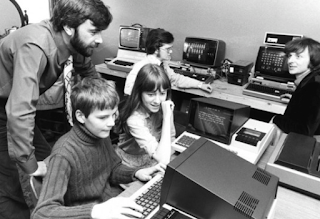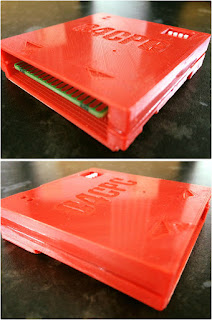A brave new world: the 1980s home computer boom

From iPads to wafer-thin laptops, home computers (in one form or another) are today commonplace. But when did we first embrace this technology? Tom Lean, the author of Electronic Dreams: How 1980s Britain Learned to Love the Computer , investigates… In the early 1980s computers invaded British homes for the first time, a wave of cheap and futuristic devices that allowed millions of people to discover for themselves what a computer was. These fantastic machines, like the Sinclair ZX Spectrum, Acorn Electron and Commodore 64, promised to make computing user-friendly for the first time. They were expected to reveal the wonders of information technology to the masses, and bring about a revolution in homes, schools, and workplaces. But to what extent did the electronic dreams these machines were sold on actually come true? What impact did home computers have on our lives in the 1980s? Read the full article here: http://www.historyextra.com/article/history-1980s-home-computer-boom-b...






